Green Mango Pickles- Filipino Burong Mangga
As an Amazon Associate and member of other affiliate programs, I earn from qualifying purchases.
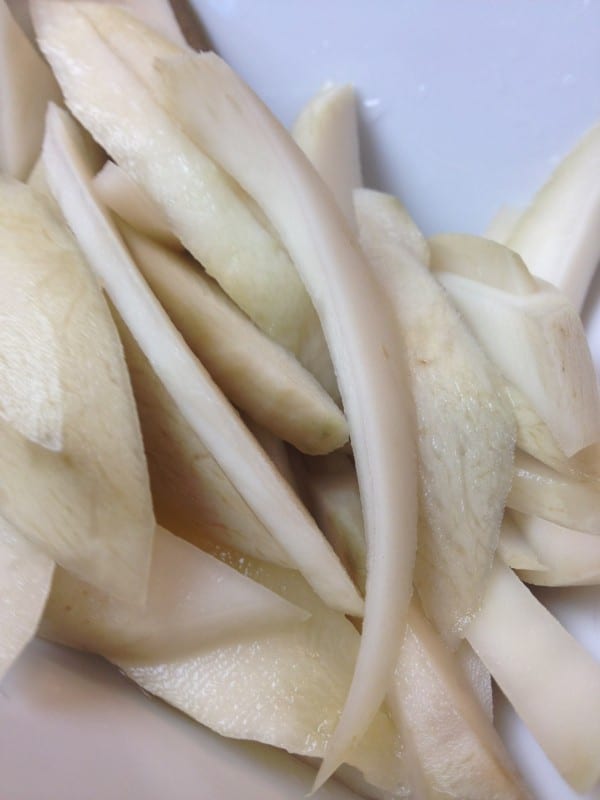 Filipinos love to snack on green mangoes. Those green unripe fruits, sliced open and served with shrimp paste or salt sprinkled on top are the best. Green mangoes are street food in the Philippines. I love unripe mangoes because I can make Green Mango Pickles- Filipino Burong Mangga.
Filipinos love to snack on green mangoes. Those green unripe fruits, sliced open and served with shrimp paste or salt sprinkled on top are the best. Green mangoes are street food in the Philippines. I love unripe mangoes because I can make Green Mango Pickles- Filipino Burong Mangga.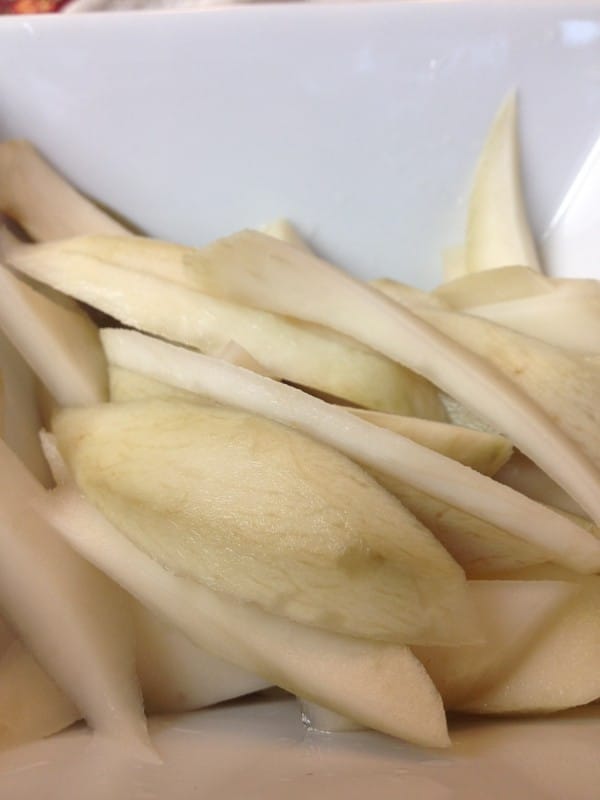
I tried to recreate making Green Pickled Mangoes here in my American kitchen. It is also known to Filipinos as “Burong Mangga” ( say ‘booh-rong man-ga’). As summer and the mango season nears its end, I searched the Asian markets for the greenest ataulfo mango variety I could find. This was the closest to the Manila mangoes I was used to. The green mangoes have to be the greenest, with not a touch of yellow to it. The greener the mango, the more crisp the pickles will be. 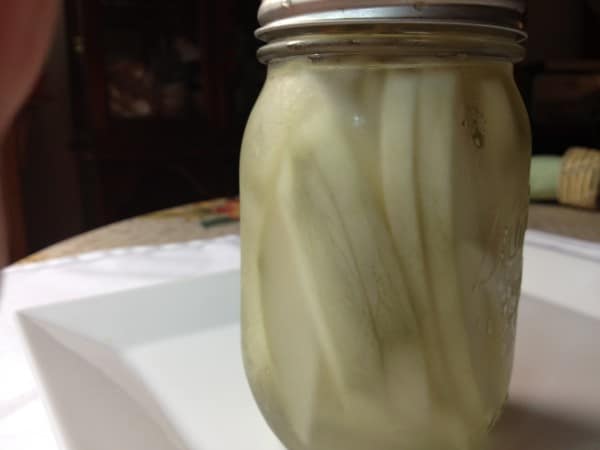
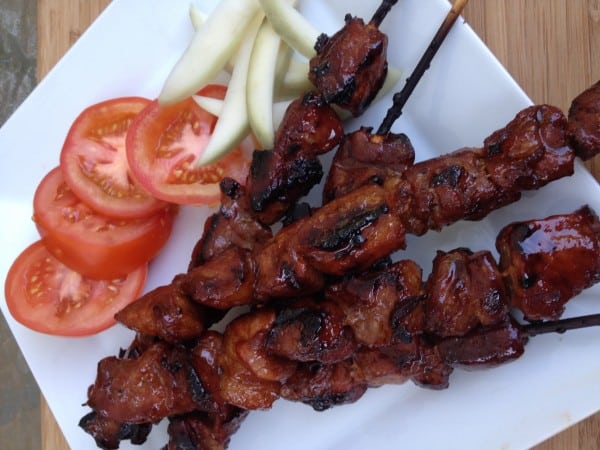
Green Mango Pickles - Filipino Burong Mangga
Equipment
- 3 (12 oz. each) or 4 Mason Glass Jars (8 oz. each)
Ingredients
- 4 whole large unripe green mangoes peeled, pitted, sliced in thin 3-inch slivers; no trace of yellow at all
- 2-3 cups white distilled vinegar when mixed with water must be enough to soak and cover the mango slices white distilled vinegar
- 2-3 cups water equal amounts to vinegar, when mixed enough to soak and cover the mango slices
- 1 Tablespoon salt
- 1 cup granulated sugar for syrup on day 2
- 2 cups water for syrup on day 2
- 3 to 4 bottles (8 oz. or 12 oz. each) mason glass jars washed, sterilized
Instructions
- Day 1: Mix the vinegar, water and salt. Stir the brine well. Soak the mangoes in this brine overnight (at least 10 to 12 hours) in a glass bowl or non-reactive container. The liquid should be enough to cover the mangoes. Cover loosely and set aside. Do not use any utensils that will not work well with vinegar. Day 2: Throw away the brine. Wash mango strips lightly to remove any white residue left from the vinegar. Arrange the mango strips vertically in glass bottles, which have been previously sterilized. Set aside.
- To make the syrup: In a heavy medium sized stockpot, combine the sugar and water to make the syrup. Cover the stockpot. Turn up the heat to a medium high. The water and sugar will boil in about 6 minutes. The liquid will be clear colored with a sticky consistency. Remove stock pot from heat and cool the syrup on the counter for at least an hour. The amount should be enough to cover the mango strips in the bottle.
- To assemble pickles: Wash and sterilize the glass jars and caps. Rest the jars on the counter to cool down so they're easy to handle.Drain and discard the vinegar liquid or brine from the mango slices that soaked overnight. Arrange the mango strips vertically inside the glass mason jars. When syrup has cooled at room temperature, pour into the jars which have the pickled mangoes. There should be enough syrup to cover the mango slices inside the jars. Cover and close the jars tightly with the lids.
- Storage: Store in refrigerator. Wait at least two days for the pickles' tart and sweet flavors to set in, before eating. These pickles keep for up to 3 months chilled.
- Cook's comments: Good side dish for grilled or roasted chicken, pork or fish. I used the Ataulfo mango variety for this recipe. I have also used Mexican mangoes. For best results, use green, unripe mangoes so the pickles have a crisp texture when the process is done.
Copyright:
- Hello, Friends! Please DO NOT LIFT OR PLAGIARIZE my original recipe, stories, photos or videos. All the images and content on this blog are COPYRIGHT PROTECTED and owned by my media company Besa-Quirino LLC. This means BY LAW you are NOT allowed to copy, scrape, lift, frame, plagiarize or use my photos, essays, stories and recipe content on your websites, books, films, television shows, videos, without my permission. If you wish to republish this recipe or content on media outlets mentioned above, please ASK MY PERMISSION, or re-write it in your own words and link back to my blog AsianInAmericaMag.com to give proper attribution. It is the legal thing to do. Thank you. Email me at [email protected]
Nutrition
Notes on Nutrition: The nutrition information provided is an estimate and will vary based on cooking methods and specific brands of ingredients used.
Did you like this recipe? I have more classic recipes inspired by my late mother’s cooking in my popular cookbook: My Mother’s Philippine Recipes. If you’re learning how to cook Filipino food or a fan of Philippine cuisine, buy my cookbooks and books on Amazon.com sold worldwide in paperback and Kindle format.
Copyright Notice: Hello, Friends! Please DO NOT LIFT OR PLAGIARIZE my original recipe, stories, photos or videos. All the images and content on this blog are COPYRIGHT PROTECTED and owned by my media company Besa-Quirino LLC. This means BY LAW you are NOT allowed to copy, scrape, lift, frame, plagiarize or use my photos, essays, stories and recipe content on your websites, books, films, television shows, videos, without my permission. If you wish to republish this recipe or content on media outlets mentioned above, please ASK MY PERMISSION, or re-write it in your own words and link back to my blog AsianInAmericaMag.com to give proper attribution. It is the legal thing to do. Thank you. Email me at [email protected]

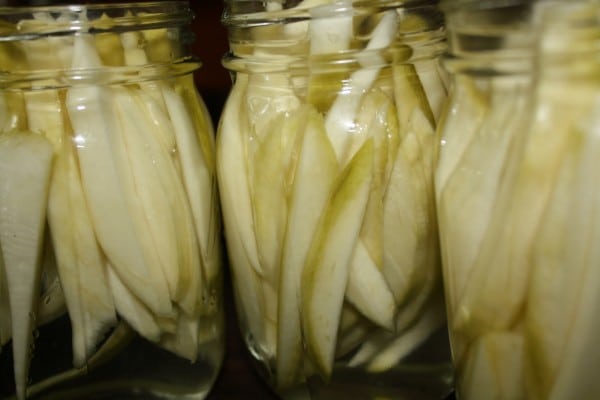
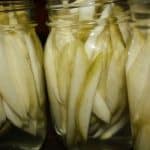
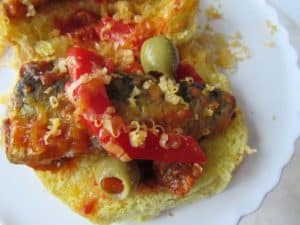
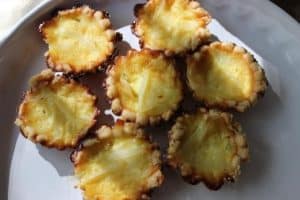
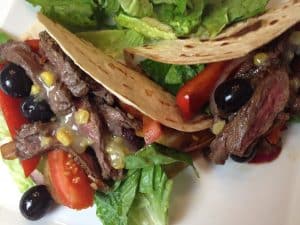
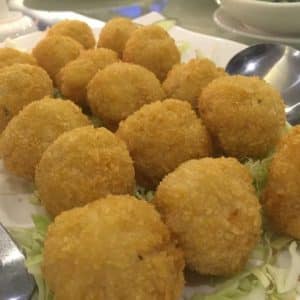
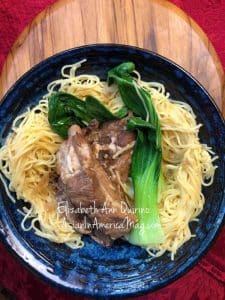
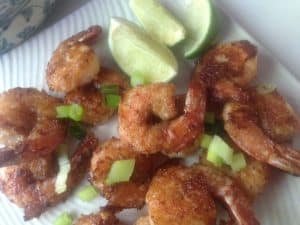
Hello, I’ve stumbled upon your blog entry about the burong mangga after googling how to make it. I would just like to ask, in Day 1, what does 1 part imply? Is it 1 cup white vinegar to 1 cup water?
Hi Donna. Glad you found my recipe for Burong Mangga. I just updated the blog post so the instructions are clearer to you and my readers. Yes, for the brine, it’s basically 1 cup vinegar to 1 cup water. Make sure you have enough liquid to cover the mango strips as they soak overnight. Good luck and share your photos on our Facebook fan page ‘Asian In America’. I’d love to see it. Thanks for the blog-love 🙂
I had an idea for the next process preservation for “Pickled Mango”. Thanks for some tips. Wish me luck to come-up with best result.
-Donz-
Thanks, Donavie. Enjoy this recipe and tell me how yours comes out 🙂
Refreshing & delicious. Looks like it would be terrific on sandwiches too!
Thanks, Sandwich Surprise. You bet, these green mango pickles have a sweet-savory-tangy flavor, they’re addictive. Would be great with anything or even eaten alone 🙂
What a great side! Never thought of pickling mangoes. I’d love to see this kind of street food!
Thanks, Linda. These Green Mango Pickles are one of my favorite pickles, to make and eat as a side with roasts, barbecues or grilled dishes.
Yum! I will definitely try these sometime.
Thanks, Linda. These green mango pickles are so good, you’ll enjoy them!
Thank you so much for the recipe! This is one my favorite snacks in Manila. Would you know if this would work with the Mexican type of mangoes? I currently live in San Diego. It’s super hard to find unripe asian mangoes.
Many thanks!
Thanks, Adlyn. I have tried making green mango pickles using the Mexican type of mangoes and they were fine. Only thing, make sure the green mangoes do not have a trace of yellow or hint of ripeness. Enjoy and let me know how it turned out!
Thank you for the recipe. I also want to make this. Do uou think I can slice the mangoes thinly using a mandoline?
Thanks, Teena. Yes you can try a mandoline if that works for you. Personally, I don’t own one so I slice the mangoes by hand with a sharp knife.
Thanks for the reply! I just want my pickles sliced thinly.
Come back and let me know how it turned out, Teena!
Hi thank you for your recipe.. How long pickled mangoes last if not chilled..
Hi Neng, the pickled mangoes last longer if bottled in pre-sterilized jars then refrigerated.
Is there a specific time where the mangoes are left in the brine?
Hi,Jan. Thanks for asking. I added the amount of time for mangoes to soak overnight in the brine — at least 10 to 12 hours. Hope that helps.
Thank your for sharing this recipe. I have tried it last month and it seems I was succeeded….Super Delicious…the sweetness, sourness blended well…I am now making some more for my family and friends. THANKS again and God Bless☺
Thanks, Neneth. So happy you enjoyed my Green Mango Pickles recipe. 🙂
During my childhood , I remembered my mother used to served “Paho guinamos” in ilongo. Burong Manga .
I don’t know how she made , it seems. Parang binabad lang sa Asiin? I can’t remember exactly the process .
Or kailangan ba Takaga ang Suka ?
Hi, Pinky. Yes you need vinegar as an ingredient for the brine in this recipe.
A little vague on the proportions but i was able to make a batch of yummy santol pickle using this recipe. The pickled santol tasted like the ones i ate during elementary days in a chinese school. Thanks, this recipe brought me back to memory lane.
Thanks, Charles. Glad you enjoyed my mother’s heirloom recipe for pickles. 🙂
Wow! I will try your recipe some time. Nangangasim ako! Thanks for posting it. 🙂
Thanks, Lauren. Enjoy!
Hi, I like your article on this one, burong mangga, but I think you should proof-read it. The root word is buro, wich means the process of soaking, fermenting or pickling. Burong is a contraction of two words literally means buro na or buro ng = burong, translated as soaked, or pickled , an adjective, not pickling, which is an active word. Nonetheless, the article is good.